10 interesting facts about the printed circuit board (PCB)
Oct 17, 2021
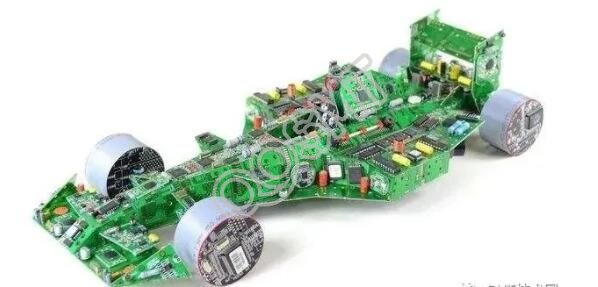

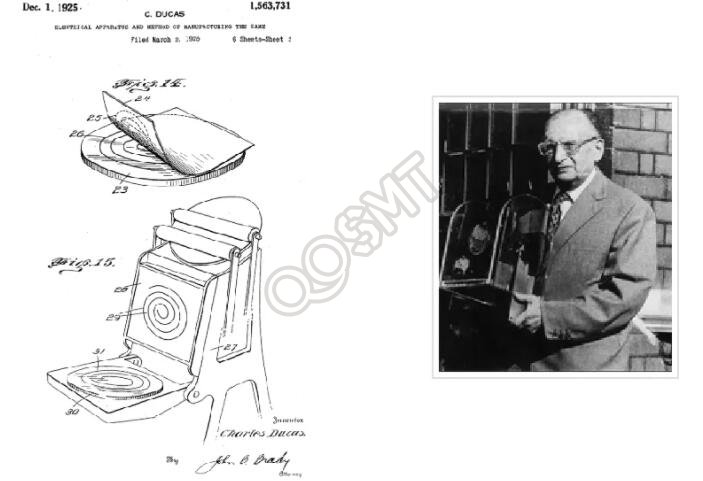
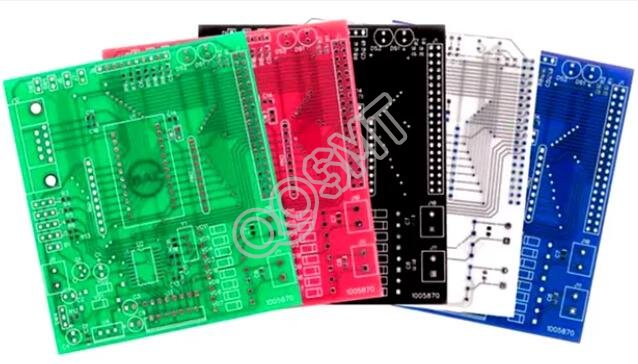
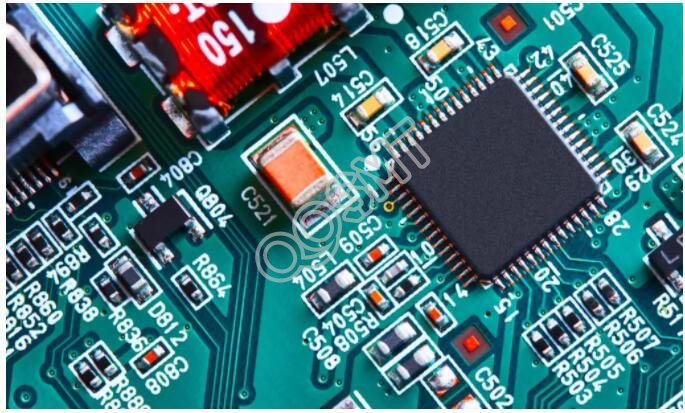
4. Components
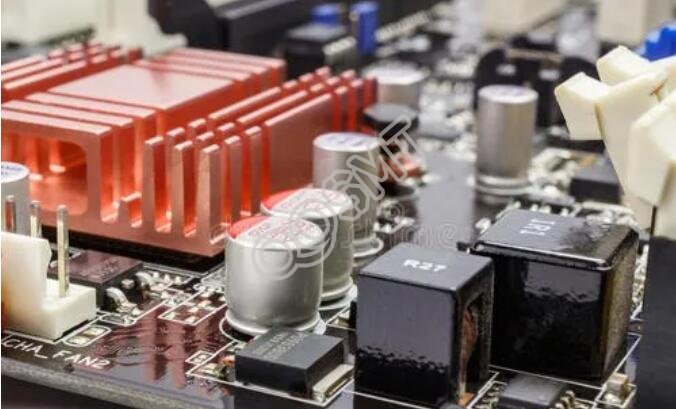
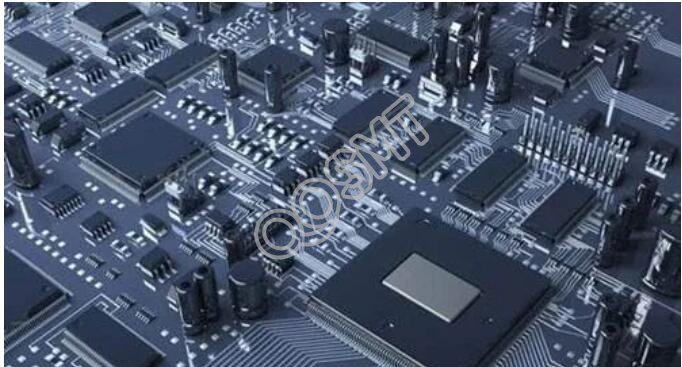
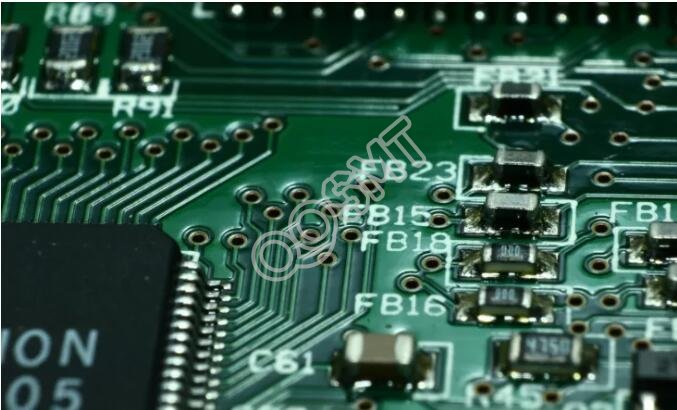
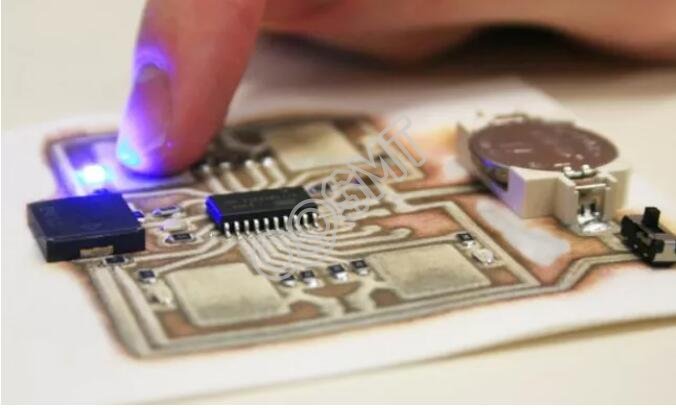
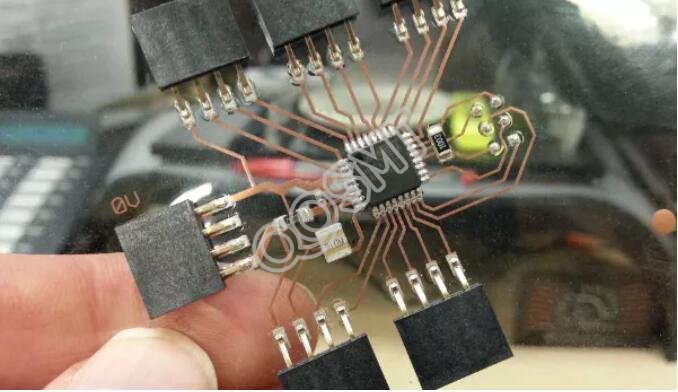
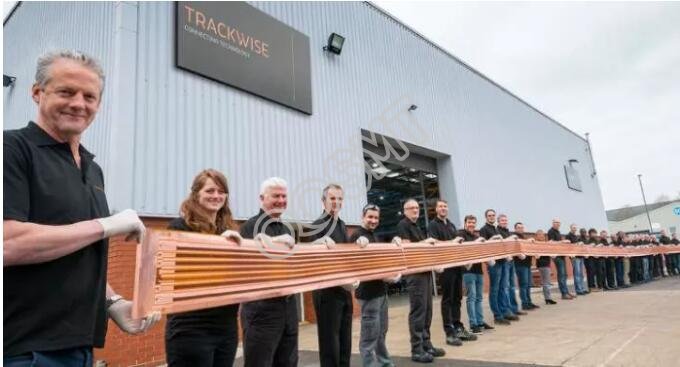
PCB (printed circuit board) is a printed circuit board, abbreviated as printed circuit board, which is one of the important parts of the electronics industry. As the substrates and key interconnects for electronic parts, the manufacturing quality of printed circuit boards not only directly affects the reliability of electronic products, but also affects the overall competitiveness of system products, so it is called the "mother of electronic system products." To a certain extent, the development level of the printed circuit board industry reflects the development speed and technical level of a country or region's electronics industry.

Almost every kind of electronic equipment, from electronic watches, calculators, to computers, communication electronic equipment, military weapon systems, as long as there are electronic components such as integrated circuits, in order to make the electrical interconnection between the various components must be printed plate. The printed circuit board is composed of an insulating bottom plate, a connecting wire and a pad for assembling and welding electronic components, and has the dual functions of a conductive circuit and an insulating bottom plate. It can replace complex wiring and realize the electrical connection between the various components in the circuit. It not only simplifies the assembly and welding of electronic products, reduces the workload of wiring in the traditional way, and greatly reduces the labor intensity of workers; it also reduces the overall machine Volume, reduce product cost, and improve the quality and reliability of electronic equipment. The printed circuit board has good product consistency, and it can adopt standardized design, which is conducive to the realization of mechanization and automation in the production process. At the same time, the entire printed circuit board that has been assembled and debugged can be used as an independent spare part to facilitate the interchange and maintenance of the entire product. Printed circuit boards have been extremely widely used in the manufacture of electronic products.
The earliest printed circuit boards used paper-based copper-clad printed boards. Since the emergence of semiconductor transistors in the 1950s, the demand for printed boards has risen sharply. In particular, the rapid development and wide application of integrated circuits have made the volume of electronic equipment smaller and smaller, and the density and difficulty of circuit wiring have become greater and greater, which requires continuous updating of printed boards. At present, the variety of printed boards has developed from single-sided boards to double-sided boards, multilayer boards and flexible boards; structure and quality have also developed to ultra-high density, miniaturization and high reliability; new design methods, design supplies and Board-making materials and board-making techniques continue to emerge. In recent years, various computer-aided design (CAD) printed circuit board application software has been popularized and promoted in the industry. Among specialized printed board manufacturers, mechanized and automated production has completely replaced manual operations.
The printed circuit board (PCB) is a landmark tool in human technology. why? This is because it is hidden in every electronic device today. Just like other great inventions in history, PCB has gradually matured with the advancement of historical wheels. It has a history of 130 years. It is the most beautiful scenery among the wheels of the industrial revolution.
The upstream raw materials for making PCBs are mainly copper foil, copper balls, copper clad laminates, prepregs, inks and dry films, etc. The downstream application areas of PCB products are consumer electronics, communication equipment, automotive electronics, industrial control equipment, medical electronics, clean energy, and smart security. , Aerospace and military products. The supply and price levels of upstream raw materials determine the production costs of PCB companies, and changes in downstream industries will directly affect the demand and price levels of printed circuit boards.

▲ Compare the circuit board in the calculator in 1968 with the modern computer motherboard
Ten interesting facts about PCB.
1. Who invented the PCB first
If you ask who invented printing, the honor goes to Bi Sheng during the Northern Song Dynasty in China[1]. But the earliest printed circuit boards need to be traced to the Austrian engineer Charles Ducas in 1920, who proposed the concept of using ink to conduct electricity (printing brass wires on the bottom plate). He used electroplating technology to produce wires directly on the surface of the insulator, and produced a prototype of the PCB.
The metal wires on circuit boards were originally brass, an alloy of copper and zinc. This disruptive invention eliminates the complicated wiring process of electronic circuits and ensures the reliability of circuit performance. This process did not enter the practical application stage until the end of the Second World War.

▲ Patent of printed circuit board and Charles Ducas
Even for some people who don't know what a PCB is, they generally know what a PCB looks like. They at least seem to have a traditional style, which is its green color. This green is actually the transparent color of the solder mask glass paint. Although the name of the solder mask is solder mask, its main function is to protect the covered circuit from moisture and dust.
As for why the solder mask is green, the main reason is that green is the military protection standard. The PCB in the military equipment first used the solder mask to protect the reliability of the circuit in the field. Green is the natural protection color in the military. Some people think that the color of the epoxy resin used in the original solder mask paint is green, so it is still used today.
Now the colors of the solder mask are various, including black, red, yellow and so on. After all, green is not an industry standard.

3. Marking
There are still a lot of white marks on the green circuit boards. For many years, people did not understand why these white printed marks were called "silk screen layers." They are mainly used to identify the information of the components on the circuit board and other content related to the circuit board.
This information was first printed on the circuit board by screen printing, so it is called the screen layer, and now it is done using a special inkjet printer. This information can help circuit engineers to check whether there are faults in the circuit board.

4. Components
The function of the circuit board is mainly completed by effectively connecting the components according to the schematic diagram. Each component has its unique function. Even two devices that are closely adjacent on the circuit board can be very different. The types of devices basically include resistors, diodes, transistors, capacitors, relays, batteries, transformers, and many others (such as fuses, inductors, potentiometers, etc.).

5. Surface Mount Soldering Technology (SMT)
Surface mount soldering technology has modernized the PCB. Compared with the previous jack mounting method, this surface mount soldering technology first uses special glue to paste the device on the PCB, and then electrically connects the device to the circuit board through a special reflow soldering.

6. Everywhere
It is no exaggeration to say that PCBs are everywhere. From computers to digital clocks, from microwave ovens to televisions and stereo systems. As long as it is electronic items and equipment, there is more than 99% of the possibility that PCBs are included. So we may take it for granted that if there is no PCB, any electronic equipment may not be able to operate.
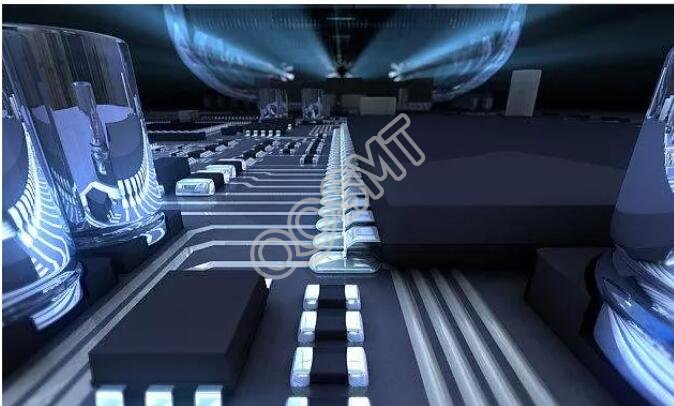

7. National Aeronautics and Space Administration (NASA)
Some groundbreaking technologies have been used in many projects of the National Aeronautics and Space Administration (NASA). Among them, in the 1960s, NASA used PCB on the Apollo 11 rocket. This is because of PCB-based electronics. The equipment is light in weight and consumes little power. That was the greatest moment of mankind, sending an astronaut to the moon for the first time. Among them is the credit of PCB.

8. Rapid Prototyping PCB
In the process of performing partial experiments on the circuit, you can use breadboards[2], hole-to-hole boards and other general-purpose circuit boards for testing. With the increase of surface packaging components, new rapid PCB molding technologies have emerged, such as thermal transfer PCBs, 3D printed multilayer circuit boards, and so on.

9. Flexible PCB
PCBs are not all straight and hard, and there are many flexible PCBs that work in many compact electronic devices. They often constitute application circuits in many movable joints, or constitute multilayer three-dimensional circuits.

10. The largest PCB in the world
The largest PCB in the world comes from this flexible multilayer circuit board used in unmanned solar-powered aircraft from Johnson Electronics in the United Kingdom. It is about 28 meters long. The circuit board made of soft polyimide as the base has better heat dissipation and higher conductivity. Such a long circuit board is made by etching in sections through a special production process.

